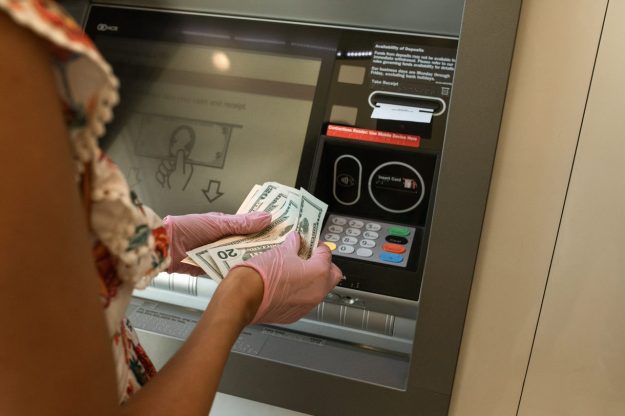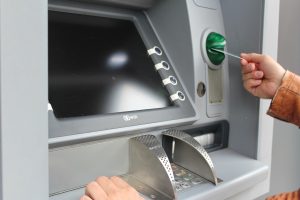9 Tips for ATM Safety
Using a compromised ATM can mean risking identity theft and/or having cash stolen. With this simple machine, all it takes is a few short minutes for a victim’s life to meet disaster.
Here are tips to help you keep your ATM transactions secure.
1. Keep your PIN private. Don’t share it with anyone and don’t write it down. It’s also a good idea to choose a unique PIN for all your accounts and to change it once a year.
2. Check the ATM for a card skimmer. A skimmer fits right over the card slot or keypad to read card information before passing it onto the criminal. Look for a skimmer by checking to see if the card slot feels loose, is colored differently or if the keypad is too thick or looks newer than the ATM.
3. Bring a buddy. A lone target is always more vulnerable. If possible, and especially if you’re using an ATM late at night, bring a friend along.
4. Be aware of your surroundings. As you use the machine, look for anything suspicious, like characters lurking nearby or dark cars parked in the area for far too long.
5. Use your body as a shield. Stand close to the machine to block it from view and cover the keypad with your hand while you input your PIN.
6. Have your debit card ready for use. Those precious few moments of searching for your card can give a criminal the time they need to make their move.
7. Put away all cash after your transaction. Never count cash in public; you can check that you’ve received the right amount when you’re safely in your car.
8. Lock all doors and roll up passenger windows when using a drive-thru ATM. If you’ll be remaining in your vehicle to complete your transaction, keep it as secure as possible.
9. Be sure to take your receipt. Don’t leave any evidence of your transaction.
If something or someone looks suspicious, cancel your transaction, grab your card, and leave the area as soon as you can.
Stay safe!






